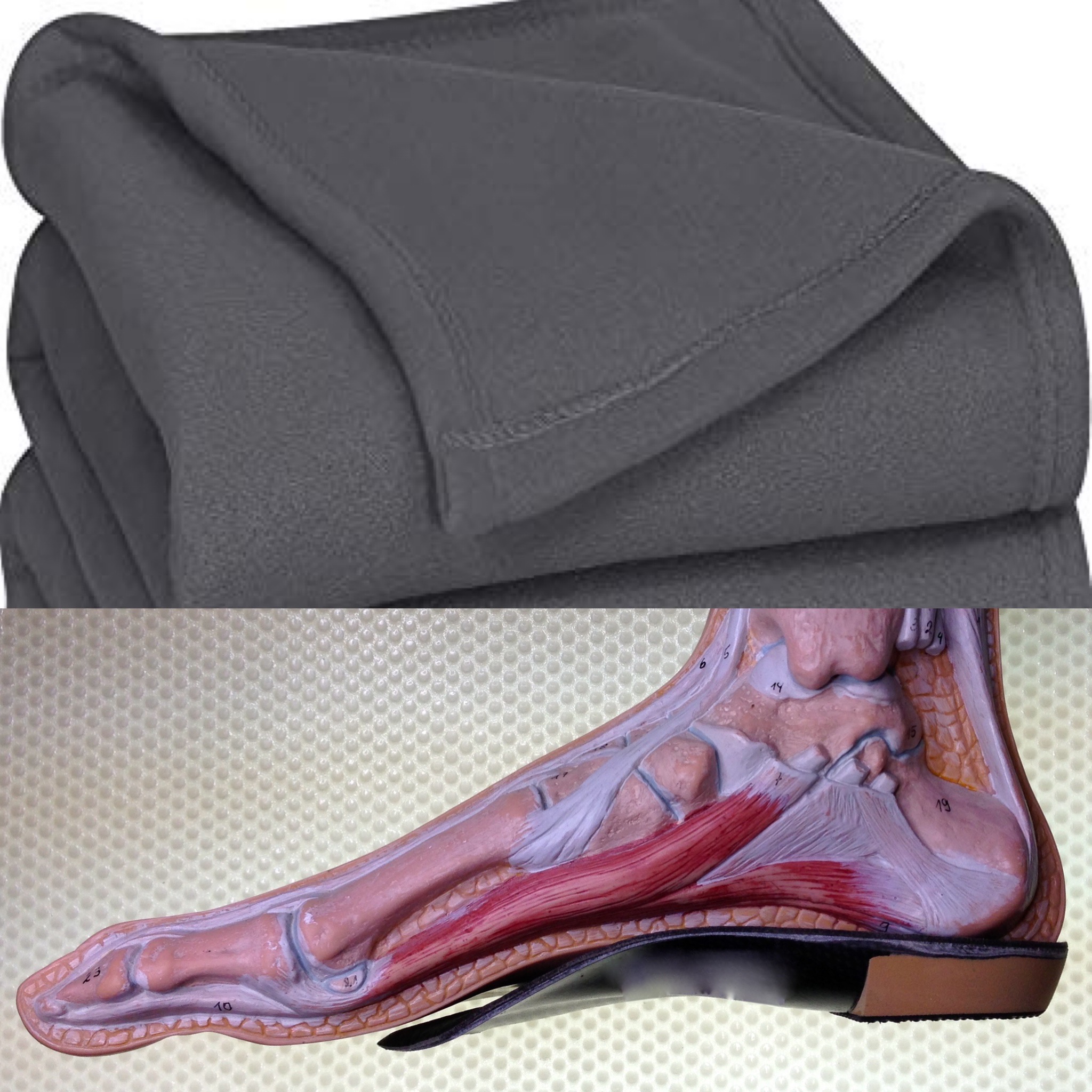Blanket Treatment Approaches
I always take the view that if someone is dogmatic about their latest product, claiming it to be the cure of all ills that they probably have no proof that it is. Take product A, brought to the market with a huge amount of marketing, sales talk and how it can do X,Y or Z to solve whatever problem you have...forever. It is highly unlikely that any research has been done to prove the above, so they make as much money as possible on said product before being called out and it then disappears in a cloud of either lawsuits or debunking.
So how does that relate to Podiatry? Well with the passage of time and with further research the idea of embracing patient variability seems to be key to best management plans. The idea that each patient could react to the same thing differently. That their anatomy will behave differently even if it looks similar. That the perception or interpretation of pain is different. What this ultimately means is that we can not apply blanket, dogmatic or catch all treatment approaches in patient care. E.g. one trainer type does not suit everyone, one running style, one insole, etc.
If we apply this patient variability to foot orthoses, we can go back to the work of Wiliams et.al, (2003) who found that the kinematic (motion) response varied between individuals when assessed running on the same insole. What they found was that each individuals joint motion, at the rearfoot, varied in response to the same insole. More recently, Jarvis et.al, (2017) challenged the theory that there is a ‘normal’ foot type. They tested the kinematics of 100 individuals and noted that those who may have had a previously accepted static ‘deformity’, did not have a set pattern of movement, which makes such a static observation useless. It all comes down to assessing the individual and not prescribing foot orthoses/insoles based on any of these static measures, as they bear no resemblance to foot function in the real world. Embrace patient variability.
This paper was very much driven by the work in anatomy, structure and function by Professor Chris Nester. He began this crusade back in 2009 with a paper utilising bone pins to study the joints of the foot and ankle. The result was that variability was high and normal. This should have really put to bed the paradigm of a foot behaving in a so called ‘ideal’ manner but it idea lingered on. Hopefully, this recent paper by Jarvis has served to put the final nail in the coffin of the ‘ideal’ or ‘normal’ foot type. As Nester says, we can employ a large range of kinematic solutions to get from A to B.
To add a further variant in the mix, is the emerging area of pain science and the biopsychosocial model of patient care. This is far too big an area for me to do any justice here. However, it is hugely relevant and should inform our practice, from assisting with the language we use in consultations and deal with the individual characteristics we all possess. As a brief example; if a patient has always been told they are ‘damaged’ and their joints are ‘worn out’ they may be very protective and avoid activity but this may not necessarily be the best advice. To break this long held belief down can take time, patience and understanding. It is not just a case of saying do more exercise and leaving them to it. We must consider how the individual may react to treatment plans, advice and their current circumstances when deciding upon together the right way forward for that individual. There is no proforma.

Kevin Bruce
References:
- Jarvis H.L., Nester C.J., Bowden P.D. and Jones R.K. (2017) Challenging the foundations of the clinical model of foot function: further evidence that the root model assessments fail to appropriately classify foot function, Journal of Foot and Ankle Research, 10 (7)
- Nester C.J. (2009) Lessons from dynamic cadaver and invasive bone pin studies: do we know how the foot really moves during gait?, Journal of Foot and Ankle Research, 2 (18)
- Williams D.S., Davis I.M. and Baitch S.P. (2003) Effect of inverted orthoses on lower extremity mechanics in runners, Medicine and Science in Sports and Exercise,35 (12), pp.2060-2066